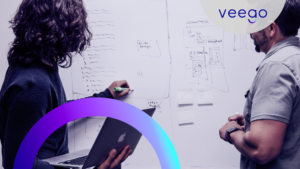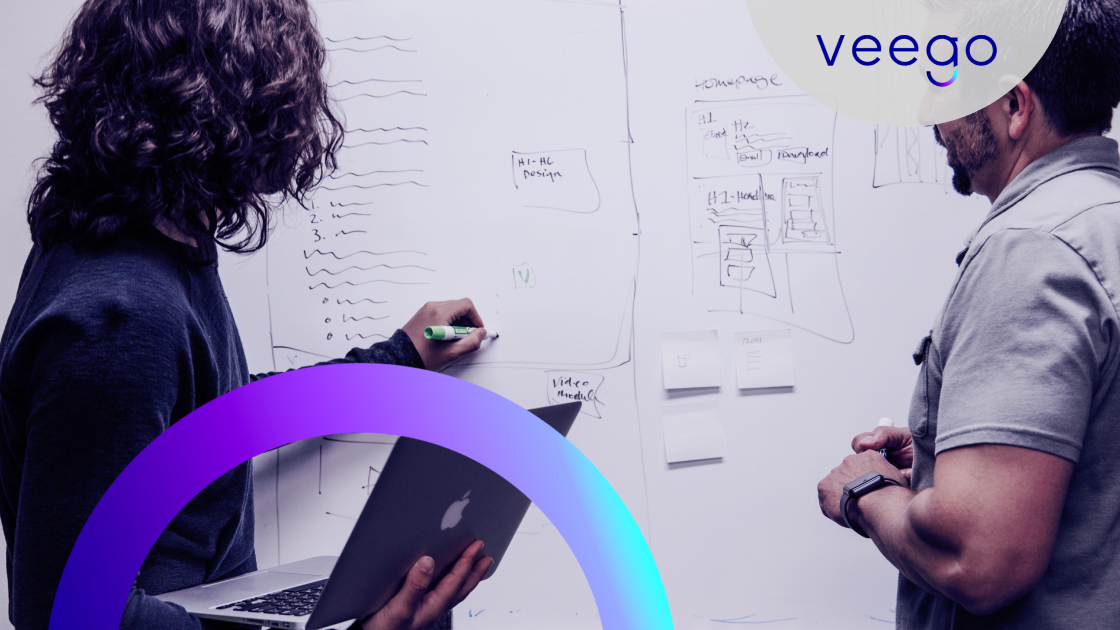There is no “one size fits all” in the connected home. With the ever-increasing rate of installation of connected devices that deliver exciting new services, understanding the Quality of Experience (QoE) in each home and knowing how to improve it is getting more complicated by the millisecond.
What’s good for the goose might be good for the gander, but the needs of a hard-core gamer are not the same as for a movie streamer. Problems that would disrupt a comfortable Netflix movie stream won’t necessarily affect a Fortnite gaming session. Low bandwidth during a WhatsApp phone call isn’t as bad as low bandwidth when streaming to a 65” TV. Bad reception by a certain device doesn’t necessarily mean that the user will actually feel a problem, and if she does, it doesn’t always mean that an extender will help.
Properly detecting connected-home QoE and addressing problems depend on the type of device, the service currently being consumed on it, and a variety of network and other conditions at that moment.
That’s what we call “contextuality”. Our definition of “context” is far broader than anybody else’s and our ability to know at all times what the user is experiencing makes Veego unique and extremely effective.
Current approaches to establishing context
There is growing awareness on the part of ISPs of the need to establish contextuality for addressing user QoE and delivering customer care. However, current approaches are inadequate and often lead to incorrect diagnoses and faulty solutions.
Setting the table
Some vendors think they can address contextuality by implementing a table of frequently used applications and their service types. This approach will work sometimes, but it’s static and still necessitates a lot of guesswork. Yes, we can assume that if the device is a gaming console, its users must be playing games; if the device is a TV, it’s likely to be video-streaming.
But there isn’t always a clear, one-to-one relationship between devices and services. What if the device is a laptop, tablet or smartphone? You can play games, video conference away, browse the internet, stream movies, or listen to music on them. So, what is the context of any particular session on one of these devices? What is the user actually doing?
Furthermore, thousands of new connected devices and apps are coming on the market every year. How can solution vendors and ISPs keep their tables current? What if a particular new device has not made it to the table yet? In that case, the ISP still has to guess what type of device it is and what service it is delivering. Guessing doesn’t address CX problems very well and getting it wrong can lead to improper and expensive resolutions that only make problems worse.
Delving deeper
Some vendors try to classify services using Deep Packet Inspection. DPI looks into packets to see if they belong to YouTube or Spotify. From there, the theory goes, it is easy to classify the service. This is a nice solution but impractical for the connected home. DPI is a very CPU-intensive activity and eats up the compute cycles of the home router, so only the latest, powerful routers can host it. Furthermore, DPI can’t help at all if the stream is encrypted. And don’t get me started on privacy!
Accurate contextuality
Veego is the only connected-home solution that bases its scoring of QoE, detection of problems, and their resolution on accurate, ACTUAL context. Veego’s breakthrough AI approach is unique in being able to generically identify if a user is playing a game, streaming a movie, or browsing the web. Utilizing this AI approach, the lightweight Veego Agent is able to reside and operate in virtually any router—new or legacy—and even in other CPE like extenders.
In establishing context, Veego also takes into consideration service type-relevant factors like WiFi speed and coverage measurements.
The human-behavior element is also involved in contextuality. For example, Veego monitors the number and frequency of reboots during application usage as well as application abandonment to notice when the user is getting fed up. Those are certainly good indicators of poor QoE from the user perspective!
In fact, Veego uses all of these and other factors to establish true context and to know the state of QoE of every session. Unlike all other approaches, only Veego can detect problems and accurately analyze them to deliver the best Quality of Experience, alerting and repairing only when we KNOW that the user is actually experiencing a problem, not just when some technical parameters aren’t at their peak. Thus, we tune the home to the actual experience while avoiding misleading false alerts.
End to end
We would be remiss if we did not mention that, as astounding as Veego’s context-awareness capability sounds, there is yet another breakthrough that makes it even more useful to ISPs.
Unlike any other solution, Veego monitors sessions end-to-end across the entire service-delivery chain – that is, all the way from user behavior, the performance of the device, the classification of the service, the WiFi, the router performance, the last mile, the WAN, and the cloud service. All of these links in the service-delivery chain are monitored to be able to know, with certainty, the QoE level of each and every session all the time and, if there is any problem that affects QoE, exactly what its root cause is and where in the chain it is occurring. (Please read The End is in Sight to learn more about seeing the whole picture.)
That, my friends, gives ISPs the information they have been lacking to know how to optimize each home network to match the its particular usage pattern, to rapidly and effectively address problems, and when to approach subscribers for upsell opportunities.
[/fusion_text][fusion_button link=”https://www.veego.io/company-brochure-download/” text_transform=”” title=”” target=”_self” link_attributes=”” alignment=”center” modal=”” hide_on_mobile=”small-visibility,medium-visibility,large-visibility” class=”” id=”” color=”custom” button_gradient_top_color=”#180199″ button_gradient_bottom_color=”#180199″ button_gradient_top_color_hover=”#ff8100″ button_gradient_bottom_color_hover=”#ff8100″ accent_color=”” accent_hover_color=”” type=”” bevel_color=”” border_width=”” border_radius=”” border_color=”” border_hover_color=”” size=”” stretch=”default” icon=”” icon_position=”left” icon_divider=”no” animation_type=”” animation_direction=”left” animation_speed=”0.3″ animation_offset=””]Get Veego’s New Company Brochure[/fusion_button][/fusion_builder_column][fusion_builder_column type=”1_4″ layout=”1_4″ spacing=”” center_content=”no” link=”” target=”_self” min_height=”” hide_on_mobile=”small-visibility,medium-visibility,large-visibility” class=”” id=”” background_color=”” background_image=”” background_image_id=”” background_position=”left top” background_repeat=”no-repeat” hover_type=”none” border_size=”0″ border_color=”” border_style=”solid” border_position=”all” border_radius=”” box_shadow=”no” dimension_box_shadow=”” box_shadow_blur=”0″ box_shadow_spread=”0″ box_shadow_color=”” box_shadow_style=”” padding_top=”” padding_right=”” padding_bottom=”” padding_left=”” margin_top=”” margin_bottom=”” animation_type=”” animation_direction=”left” animation_speed=”0.3″ animation_offset=”” last=”no”]





